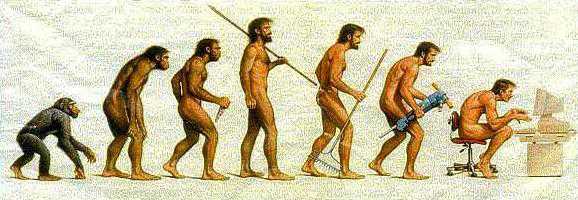Brian Wong L.M.T.
Trigger POint massage and Myo-Fascial Release
While many massage therapist claim to specialize in many different types of massage, in actuality many of them have only taken a few hours in different types of massage, usually learning only a preset patterned massage. Unlike this "one size fits all" approach to massage therapy, I prefer to concentrate specifically on massage which focuses on the relief of soft tissue pain that is related to trigger points and facial restrictions. In addition, many people suffer from muscle and connective tissue imbalances which need to be addressed. Therefore each massage client as well as each massage session, varies and is specific to the work which needs to be done.
Trigger Points are defined as "a highly irritable localized spot of exquisite thenderness in a nodule in a palpable taut band of muscle tissue. They are basically the "knots" that most people develop in their muscles. These "knots" cause restrictions in the muscles, limiting their ablility to lengthen and function properly. Trigger points also create pain, most commonly felt as a deep ache, although movement can sharpen the pain. The pain cause by trigger points create specific patterns of pain, know as referred pain patterns. Interestingly, the pain caused by trigger points are not always at the site of the trigger point, which can cause confusion as to the actually cause of the pain. In many cases, trigger points can be the cause for tension headaches, migraines, sinus pain, jaw pain, earaches, joint pain in the knuckles, wrist, elbows, shoulders, hips and knees. It can also be the cause of lower back and neck pain. Trigger points can also cause restrictions in muscle tissue, limiting a person's ability to move efficiently and painlessly. Knowledge of these Referred Pain Patterns and how to relieve their associated Trigger Points can help to alleviate many painful symptoms, including some commonly misdiagnosed conditions such as bursitis, arthritis, carpal tunnel, and sciatica.
There are many different ways to effectively treat trigger points. The formation of trigger points causes metabolic waste to accumulate in the area of restriction. This build up of waste causes the area to become tender to the touch, painful to move, and usually tires quicker than normal. The basic idea in treating trigger points is to assist in the removal of the waste and lengthen the shortened, restricted area. The two methods that I have found to be most effective is the use of what is known as "deep stroking massage" and "trigger point release." Deep stroking massage involves using very short massage strokes, moving over the trigger point in one direction and then the other to lengthen the shortened section of tissue. Another technique is Trigger Point Release. This involves placing the restricted muscle in a slightly lengthened position while applying moderate pressure until the tissue relaxes and can be further lengthened.
More Information
If you have specific questions regarding Massage Therapy, please feel free to contact me. I would be happy to answer any questions you might have. Please go to the Contact Page to leave your info.
Trigger Points refer pain to certain areas of the body depending on the muscle affected. These areas of pain are known as referred pain patterns. Oftentimes these trigger points create referred pain patterns that are located away from the actual trigger point. Correctly identifying and deactivating these trigger points can bring relief to many painful conditions.
The body is held together by this "fuzzy" stuff known as fascia. Until recently fascia research was limited. It was kind of the "Cinderella" of the body because everyone knew it was there but didn't think much of it and didn't think it was very important. Recent research now reveals that the fascia plays a huge role in how we move and perceive injuries and pain. It also shows how different systems in our body, i.e. the skeletal, muscular, and nervous systems, work together in a very dynamic, intricate fashion, with the fascia being what, literally and figuratively, ties everything together.
Our fascia is spread out throughout our bodies in these long pathways. They tie muscles to other muscles to allow them to create the wide variety of movements our bodies are able to perform. Restrictions in these pathways can cause injuries and pain in seemingly unrelated places. Like a sprained ankle from years ago could cause a disruption in the spiral line, pictured above, which could manifest itself in shoulder or neck pain weeks, month, or even years after the initial ankle injury. Until the actual cause of the pain is found, many people continue to struggle with persistent injuries that never seem to go away.
Interestingly, studies have also started to show that these fascia pathways show striking resemblence to shiatsu meridians and yoga chakras. This may explain how treatment modalities like shiatsu, yoga and accupuncture work from the scientific standpoint. The study of fascia is changing many of the long help beliefs of how the body moves, generates power, and perceives pain.Copyright 2011 Brian Wong LMT. All rights reserved.

